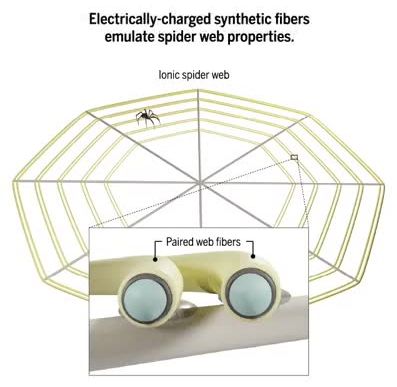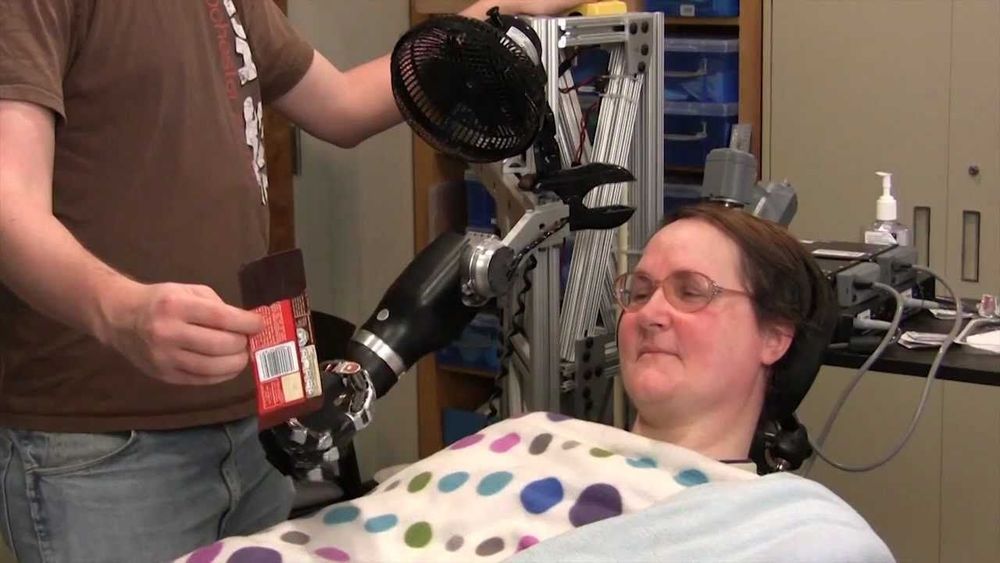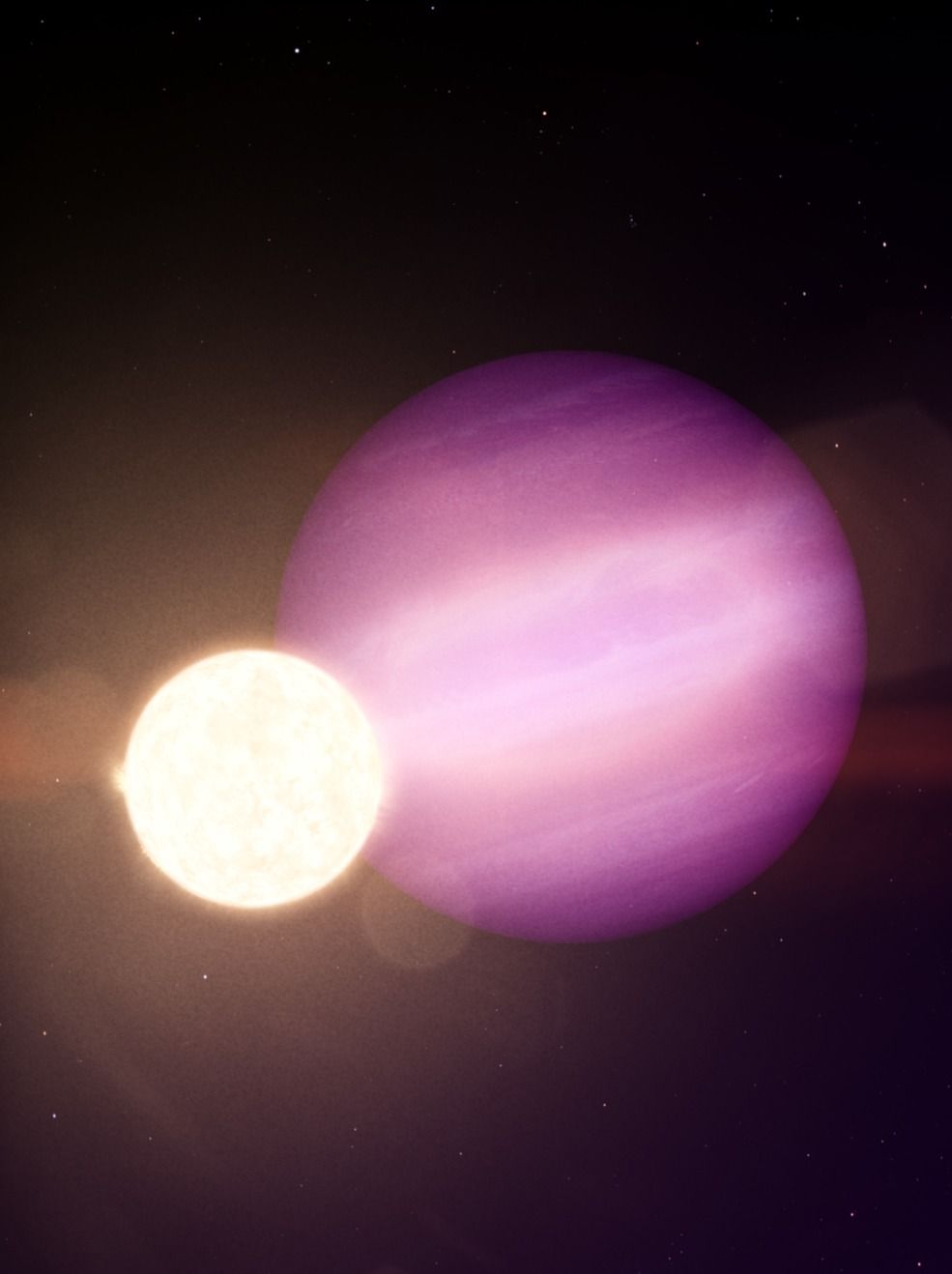Sep 16, 2020
A pandemic is no time to cut the European Research Council’s funding
Posted by Derick Lee in categories: biotech/medical, innovation
About 25% of all patents filed by projects supported by Horizon 2020 have come from ERC projects, even though commercialization of research is not the agency’s main aim. Bourguignon and his colleagues rightly argue that many advances in fundamental research ultimately contribute to innovation and benefit society. But that is a hard message to get across at a time of constrained funding and competing priorities.
Europe’s flagship science agency will be crucial to a post-coronavirus world. Slashing its budget will be a senseless act.


















